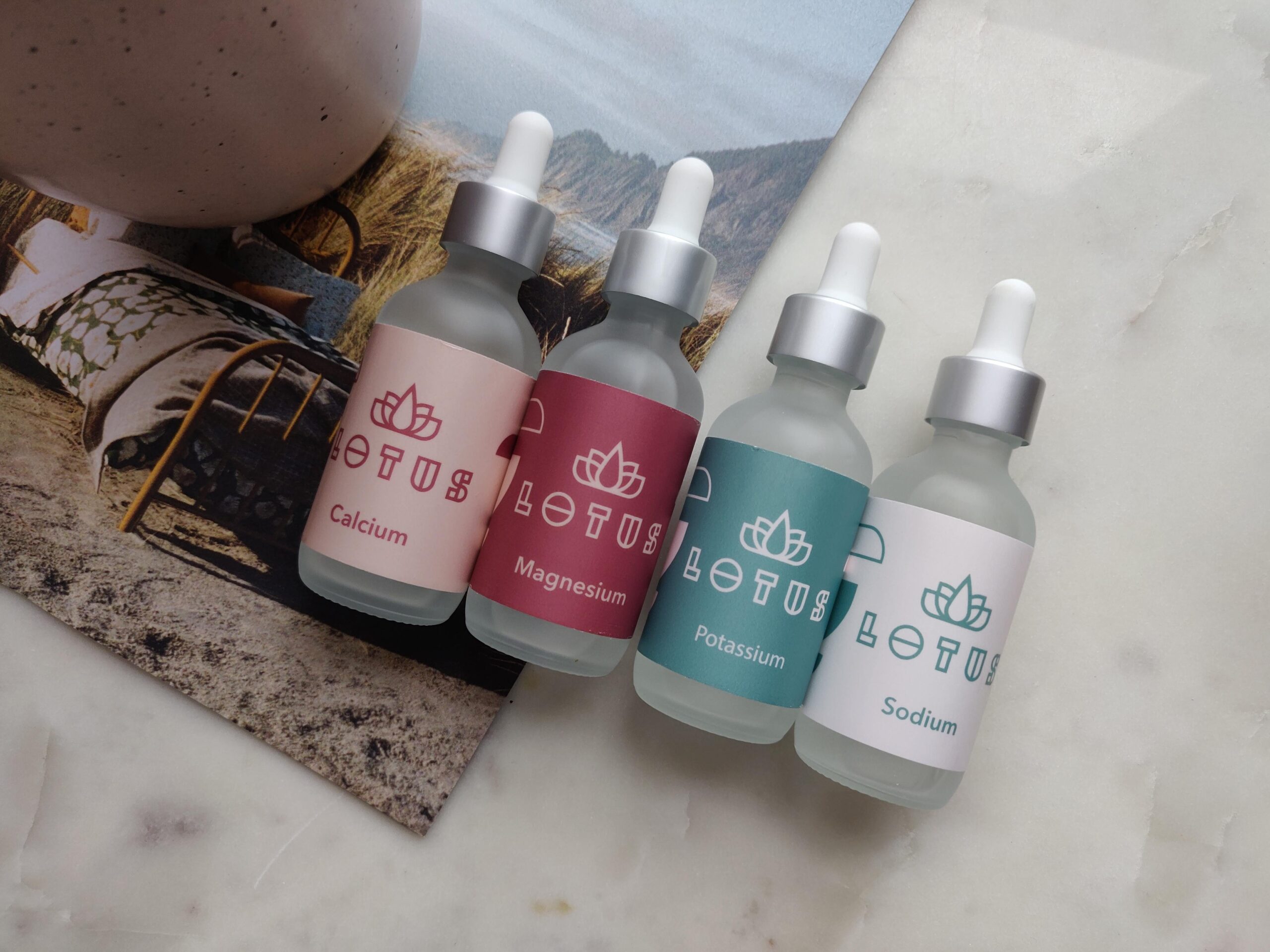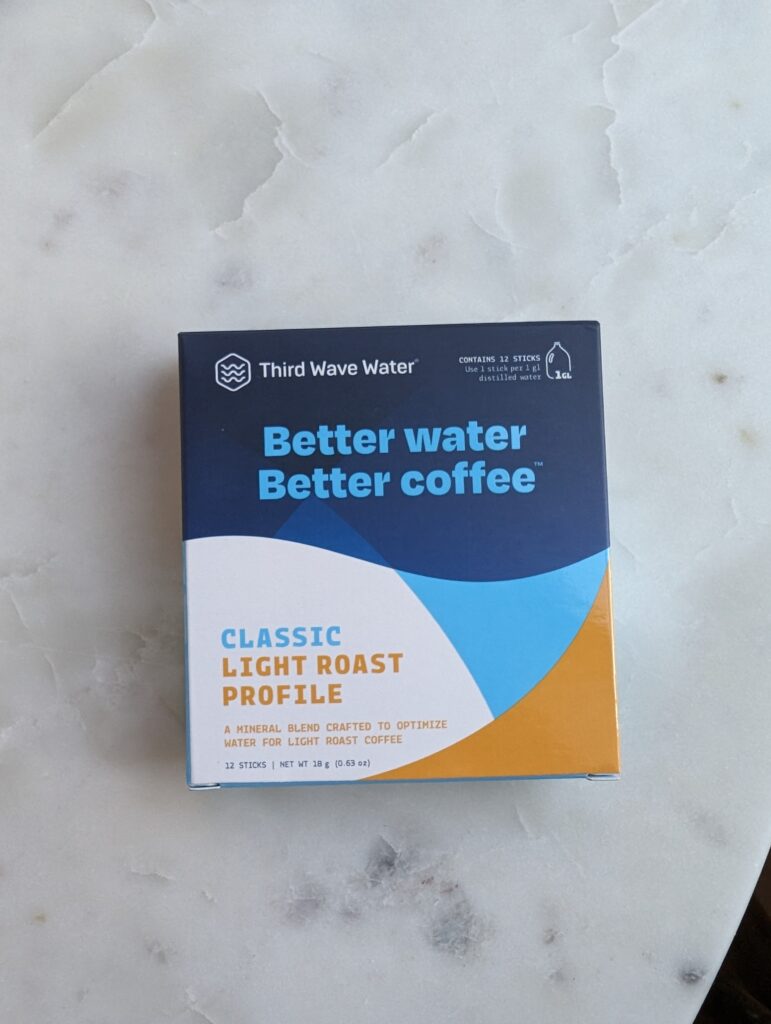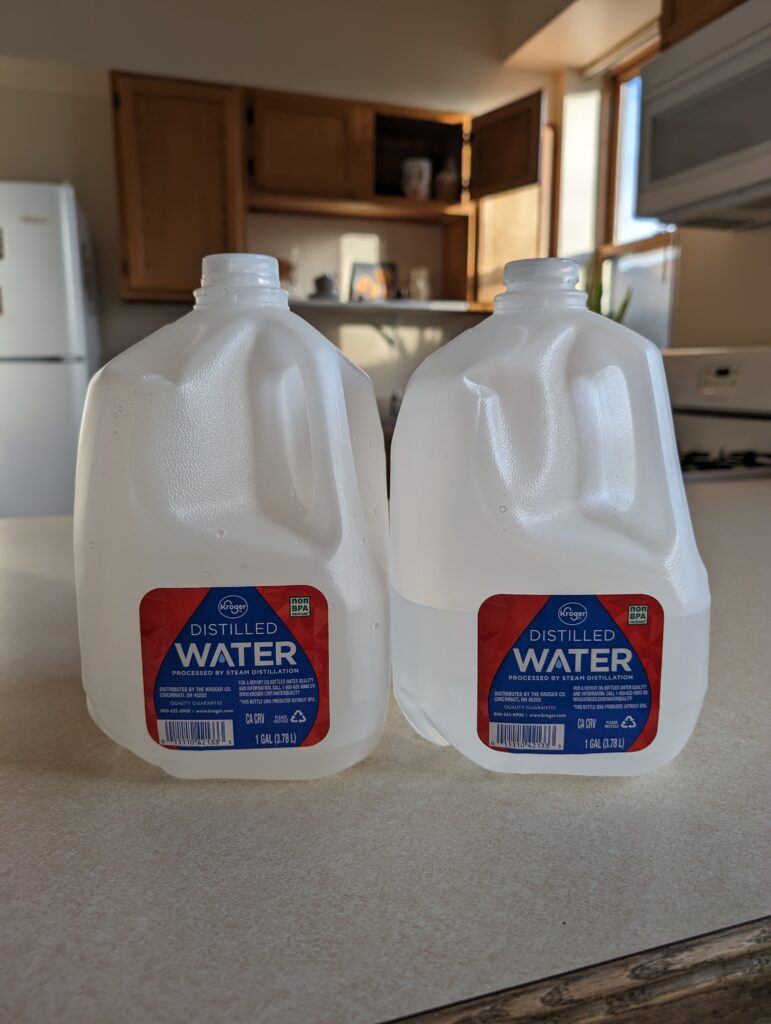As you crawl deeper down the coffee rabbit hole, you realize that your tap water, or even the household favorite Brita filtered water, is not cutting it. If you haven’t started using custom water for coffee brewing, you might think this sounds like too much work. And to that I’d say, you have no idea.
what is water anyway?
There are a few reasons why choosing water is difficult. Firstly, water isn’t just water. The minerals, hardness, alkalinity, and chemicals in water vary widely. Different hardness and mineral composition change how coffee tastes.1
The challenge, is that coffee is complicated and there hasn’t been enough scientific study to say: “xyz water is the perfect water for all coffee”. There are so many permutations in water recipes and two different coffees might taste best with two different water recipes.2
For some in the hobby, this opens up a new and exciting ocean of potential. Not only can you dial in your brew recipe but you can custom tailor your water too.
I tried to be that person but sometimes, too many options are detrimental to my enjoyment.
why I chose third wave water
When I first tried using specific water for coffee I used Lotus Water.

At some point I’ll make a full post about the virtues and issues with it but for now, here’s a quick explanation. Lotus water provides you with four mineral concentrate solutions. You add any combination of the four via droppers to distilled water in order to make custom mineral water. The price is reasonable and on paper this seems like a great tool.
But over time, the appeal of Lotus water wilted.
When dialing in a new coffee or troubleshooting a specific issue, like astringency, having to also consider every possible water permutation was overwhelming.3 “Was my pour height wrong, or was it my grind size? Should I be using softer water? Would it help to only use calcium? Or do I swap my calcium with magnesium?” You get the point.
For me, Third Wave Water presented the perfect balance between nerdy faff and simple consistency. With one small change.

you’re halfway there
TWW’s target for its Classic Light Roast Profile is around 150/40.4 So, let’s go with that for the sake of example. That’s perfectly capable of brewing a delicious cup but it’s a little hard for ultra light roast coffees.5 Many roasters, like Sey, use softer water with lower alkalinity and tailor their roasts to that. Thankfully, there’s an easy fix.
When brewing, I mix 50% TWW (a gallon that was prepared using the full mineral pouch) and 50% distilled water in my kettle. This should produce a theoretical 75/2o ish water. It’s a bit more work but still mostly painless. And you don’t have to be precise down to the gram, perfect for those first-thing-in-the-morning brews.

So, yes, it’s more work than using Brita water. And yes, my cabinets are becoming increasingly full of distilled water but the cups have tasted incredible. Juicy and sweet with plenty of acidity. More importantly, they’ve been very consistent. Locking in my water gives me one less variable to stress over, allowing me to actually enjoy each cup.
Instead of staring into the void of infinity I’m keeping it in my periphery.

- Like every other nerd talking about custom water recipes, this is where I’m contractionally obbligated to tell you that filter coffee is around 98% water. ↩︎
- There is of course a suggested range as seen in this wonderful graph by Jonathan Gagné. ↩︎
- Not to mention the fact that using the droppers multiple times a day gets tiring quick. ↩︎
- Some users online have stated the light roast profile is around 160/50 ish but this is a decent ballpark ↩︎
- I recommend you setup a cupping where you use the same coffee but switch the water. For example: filtered water, regular TWW, and 50% TWW and see which you prefer. ↩︎